How to Care for Thai Basil: 5 Key Tips for Bushy and Flavorful Shoots
There's something magical about stepping into your garden, gently plucking a few aromatic leaves of Thai basil, and transforming an ordinary dish into an extraordinary culinary experience. That distinctive anise-like fragrance and spicy-sweet flavor can elevate everything from pho to curries. But what if your Thai basil plant is looking sparse rather than spectacular? Don't worry - I'm here to guide you through the simple yet effective techniques that will transform your plant into the lush, flavorful superstar it's meant to be.
Understanding Thai Basil's Unique Needs
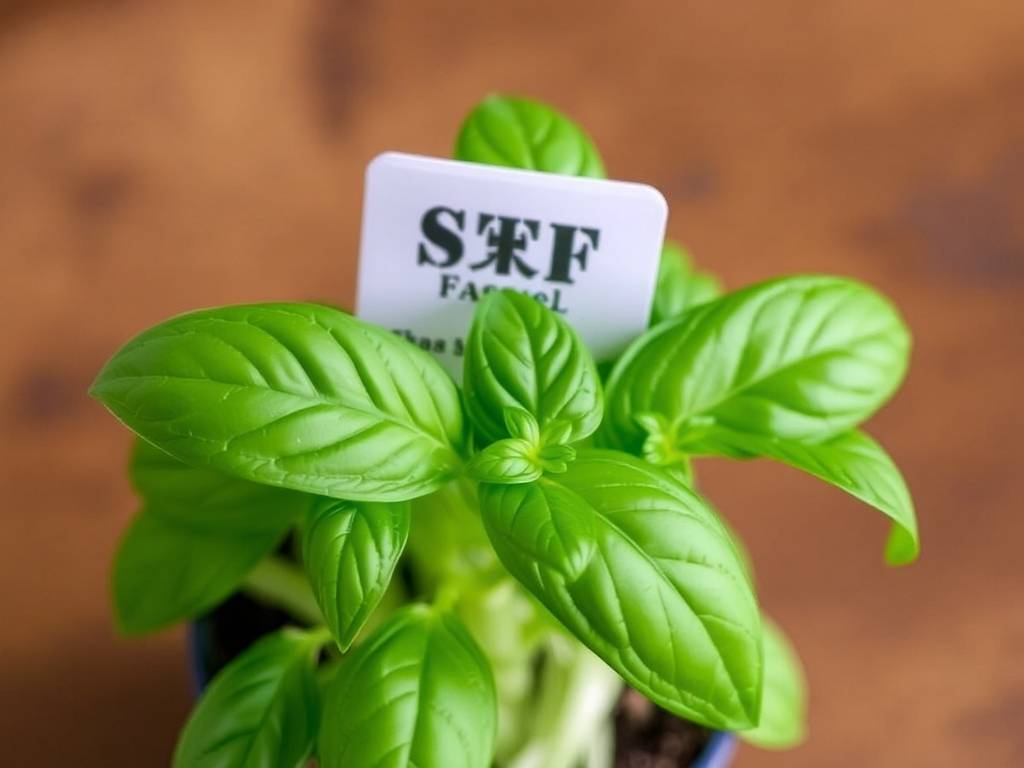
Before we dive into our five essential tips, let's appreciate what makes Thai basil (Ocimum basilicum var. thyrsiflora) special. Unlike its sweet basil cousin, Thai basil features purple stems, narrower leaves, and a more robust flavor that stands up beautifully to cooking. It's a tropical plant at heart, which means it thrives in warmth and humidity. Recognizing these preferences is your first step toward growing the bushiest, most flavorful shoots imaginable.
Now, let's explore the five key strategies that will make your Thai basil the envy of every herb gardener.
- Master the Sunlight and Temperature Balance
Thai basil is essentially a sun-worshipper that craves warmth. For optimal growth and flavor development, your plant needs at least 6-8 hours of direct sunlight daily. Position it in the sunniest spot in your garden or on your balcony. If you're growing indoors, a south-facing window is ideal, though you might need to supplement with grow lights during darker months.
The temperature sweet spot for thriving Thai basil plants falls between 70-95°F (21-35°C). Anything below 50°F (10°C) can cause stress and stunted growth. If you experience cool nights, consider growing your basil in containers that you can move to a protected area. This simple temperature management technique ensures continuous growth and prevents the plant from shutting down.
What many gardeners don't realize is that sufficient sunlight directly impacts flavor intensity. The essential oils that give Thai basil its characteristic aroma and taste develop most abundantly when the plant receives adequate sunshine. So if you want those flavorful shoots for your favorite Thai recipes, don't skimp on the sunlight!
- Perfect Your Watering Technique for Healthier Roots
Watering seems straightforward, but it's where many Thai basil growers go wrong. The goal is consistently moist soil – not waterlogged, not bone dry. Stick your finger about an inch into the soil; if it feels dry, it's time to water. During hot spells, this might mean daily watering, while cooler periods may require less frequent hydration.
The best practice for watering Thai basil is to water deeply at the base of the plant early in the day. This method encourages deep root development and allows any splashed leaves to dry before evening, reducing the risk of fungal diseases. Avoid frequent light sprinklings, which promote shallow roots and weaker plants.
Container-grown Thai basil typically needs more frequent watering than in-ground plants. Ensure your pots have excellent drainage holes, as Thai basil absolutely despises sitting in waterlogged soil. If you notice yellowing leaves, you might be overwatering. If leaves are wilting and the soil is dry, increase your watering frequency.
- Implement Strategic Pruning for Bushier Growth
Here's the secret to achieving that coveted bushy Thai basil plant: prune early, prune often, and prune correctly. Many gardeners hesitate to cut their plants, but strategic pruning is what transforms a leggy single stem into a dense, productive plant.
Begin pinching tips when your Thai basil reaches about 6-8 inches in height. Simply snip off the top set of leaves, just above a pair of lower leaves. This signals the plant to redirect energy from vertical growth to producing side shoots. Continue this process regularly throughout the growing season, always cutting just above leaf nodes where new branches will emerge.
The golden rule of pruning Thai basil for continuous harvest is to never remove more than one-third of the plant at once. Regular harvesting of the tips actually becomes your pruning method, giving you both fresh herbs for cooking and encouraging the plant to grow more vigorously. Always remove flower buds as soon as they appear, as flowering signals the plant to slow leaf production.
- Feed Your Thai Basil for Optimal Flavor and Growth
While Thai basil isn't a heavy feeder, appropriate nutrition makes a significant difference in both growth and flavor. A balanced, water-soluble fertilizer applied every 4-6 weeks during the growing season provides the nutrients needed for producing those abundant flavorful shoots.
Look for a balanced fertilizer with equal or slightly higher nitrogen content (the first number in the N-P-K ratio). Nitrogen promotes lush leafy growth, which is exactly what we want from our culinary herbs. Organic options like fish emulsion or compost tea work wonderfully and provide slow-release nutrition.
Avoid over-fertilizing Thai basil plants, as too much nitrogen, particularly synthetic forms, can lead to rapid but weak growth with diluted flavor. The leaves might look impressive but lack that punch of flavor you're after. If you've amended your soil with compost at planting time, you'll need less supplemental feeding throughout the season.
- Harvest Correctly for Continuous Production
The final piece of the puzzle lies in how you harvest. Proper harvesting technique not only gives you fresh herbs for your kitchen but also stimulates the plant to produce more of those bushy shoots we're aiming for.
Always harvest in the morning after the dew has dried but before the day's heat intensifies. This is when the essential oil content is highest, meaning maximum flavor. Use clean, sharp scissors or pruning shears to make clean cuts without damaging the plant.
For the best results in how to harvest Thai basil for continuous growth, focus on taking the top few inches of each stem, cutting just above a set of leaves. This method encourages branching at that point. Regular harvesting prevents the plant from becoming leggy and ensures a steady supply of tender young leaves, which typically have the best flavor and texture.
Troubleshooting Common Thai Basil Issues
Even with perfect care, you might encounter some challenges. Here are quick solutions to common problems:
If leaves are yellowing: Check your watering habits (usually overwatering) and ensure proper drainage. If plants appear leggy with large gaps between leaves: Increase sunlight exposure and prune more frequently. If growth seems stunted: Check temperature, ensure you're not over-fertilizing, and look for pest issues. If flavor seems weak: Review sunlight exposure, avoid over-fertilizing with high-nitrogen fertilizers, and harvest correctly.
For pest problems like aphids or Japanese beetles, a strong spray of water often does the trick. For persistent issues, insecticidal soap or neem oil are effective organic solutions.
The Joy of Abundant Thai Basil
Growing luxuriant, flavorful Thai basil is deeply rewarding. There's nothing quite like stepping outside to harvest fresh herbs you've nurtured yourself. These five key strategies – optimizing light and temperature, perfecting watering, strategic pruning, appropriate feeding, and correct harvesting – work together to create the ideal conditions for your Thai basil to thrive.
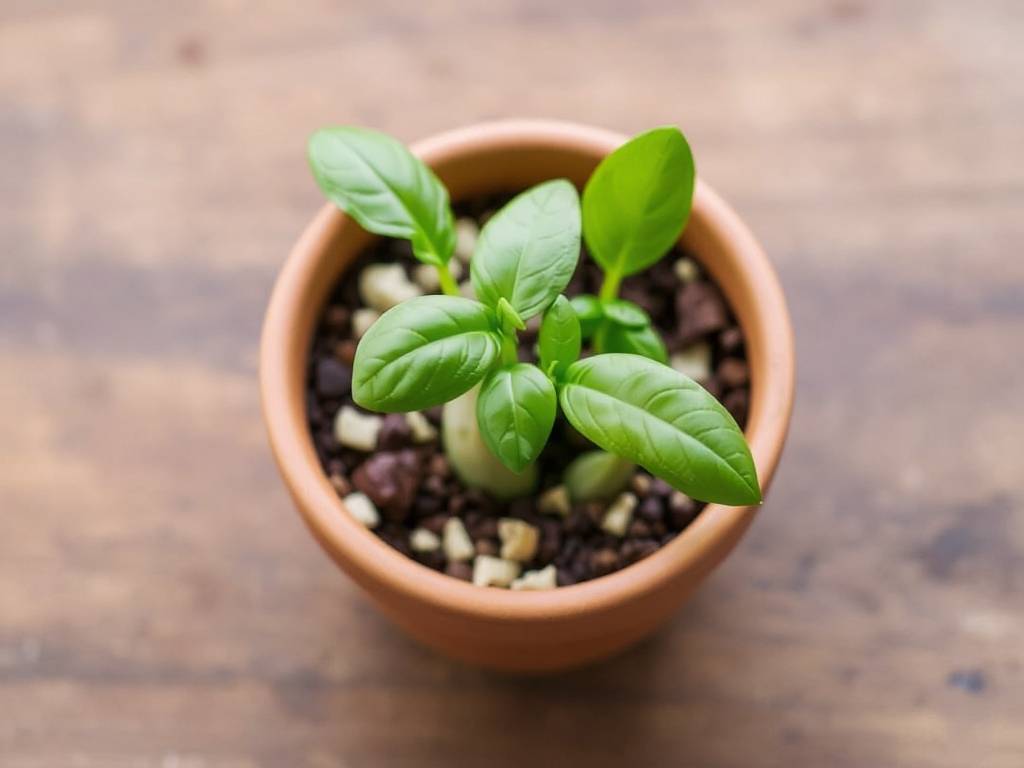
Remember that gardening is both science and art. Pay attention to your plant's specific responses and adjust your care accordingly. Before long, you'll have such an abundant harvest that you'll be looking for new recipes to use all that beautiful, aromatic Thai basil. Happy growing
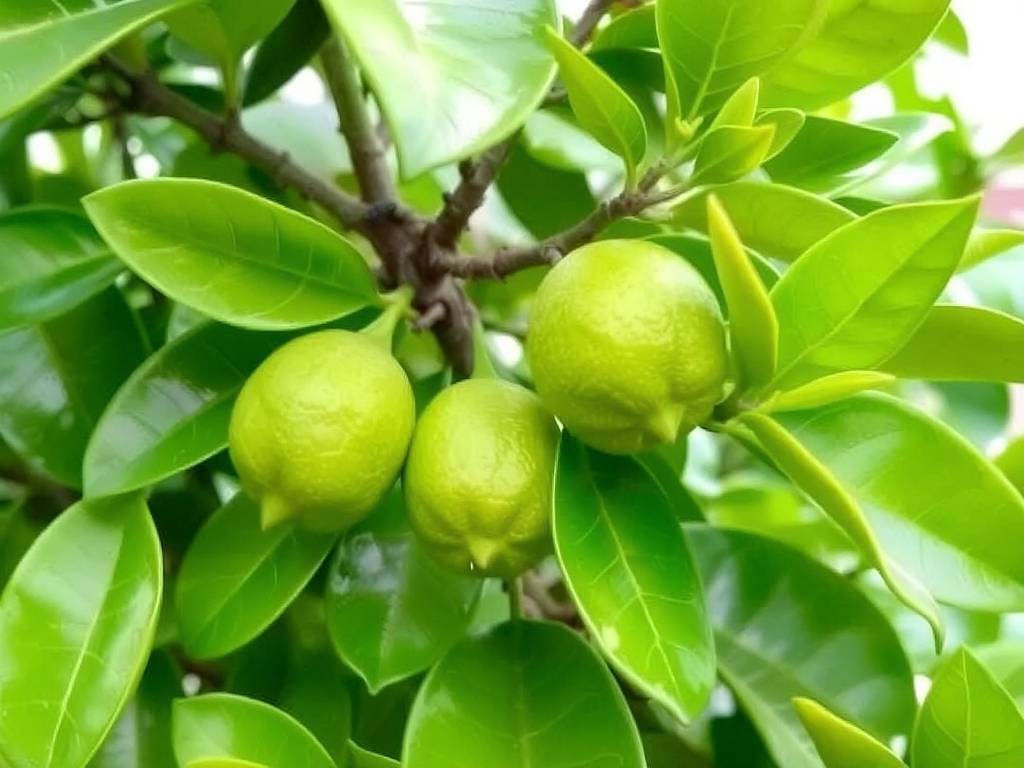
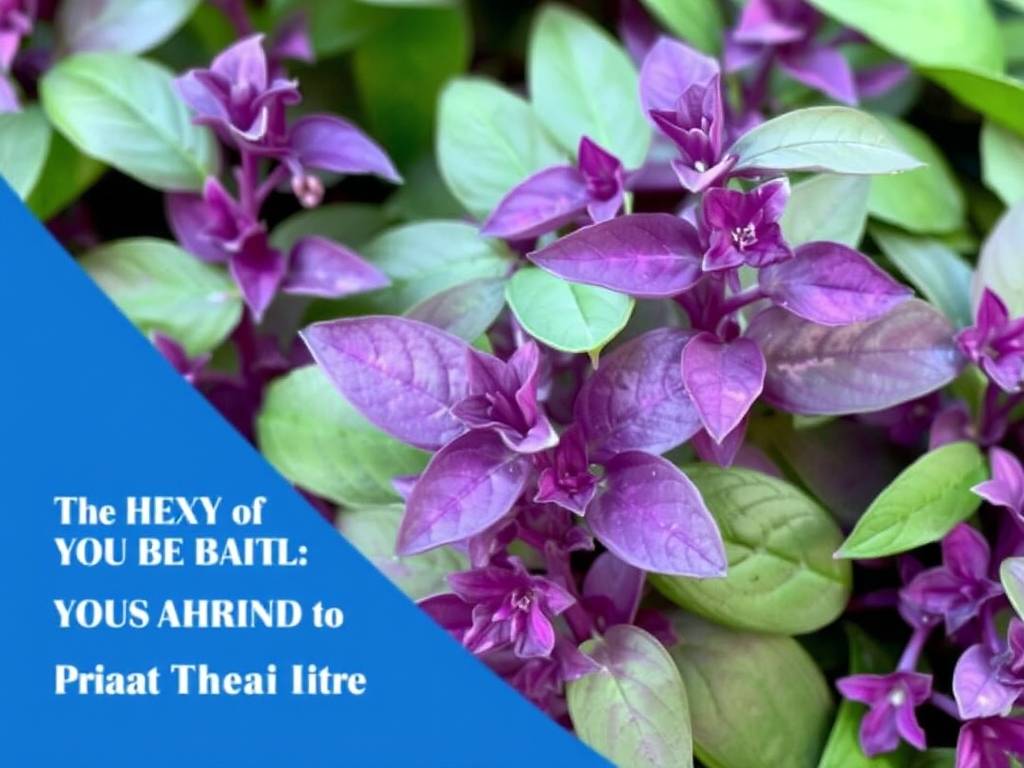

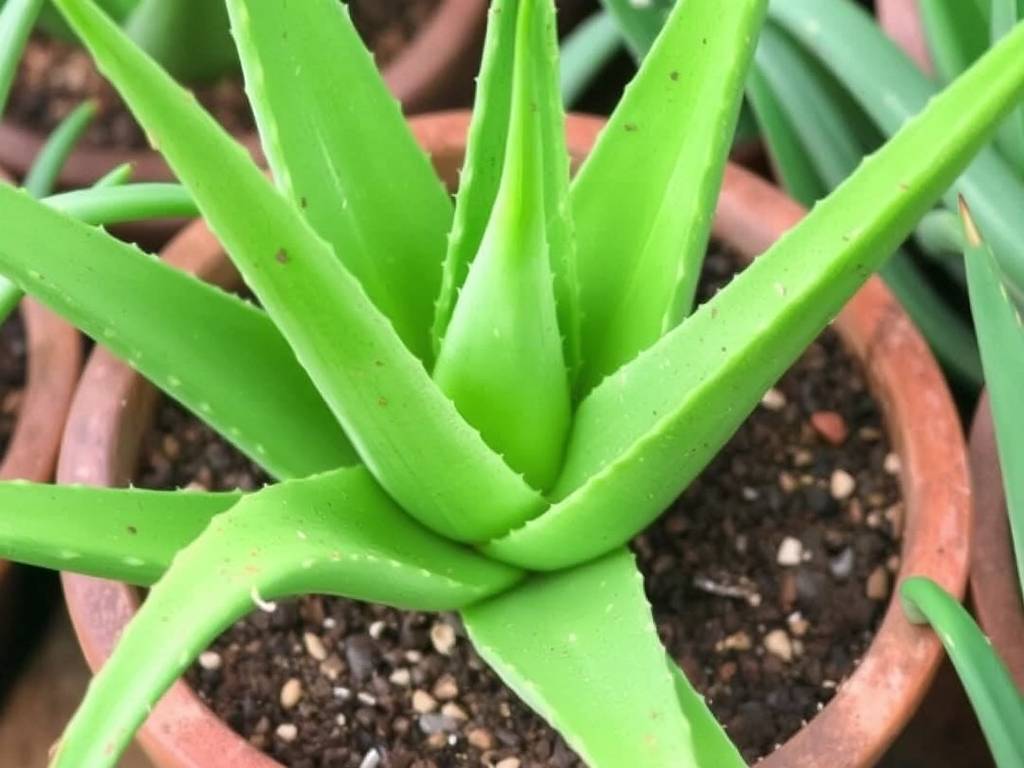
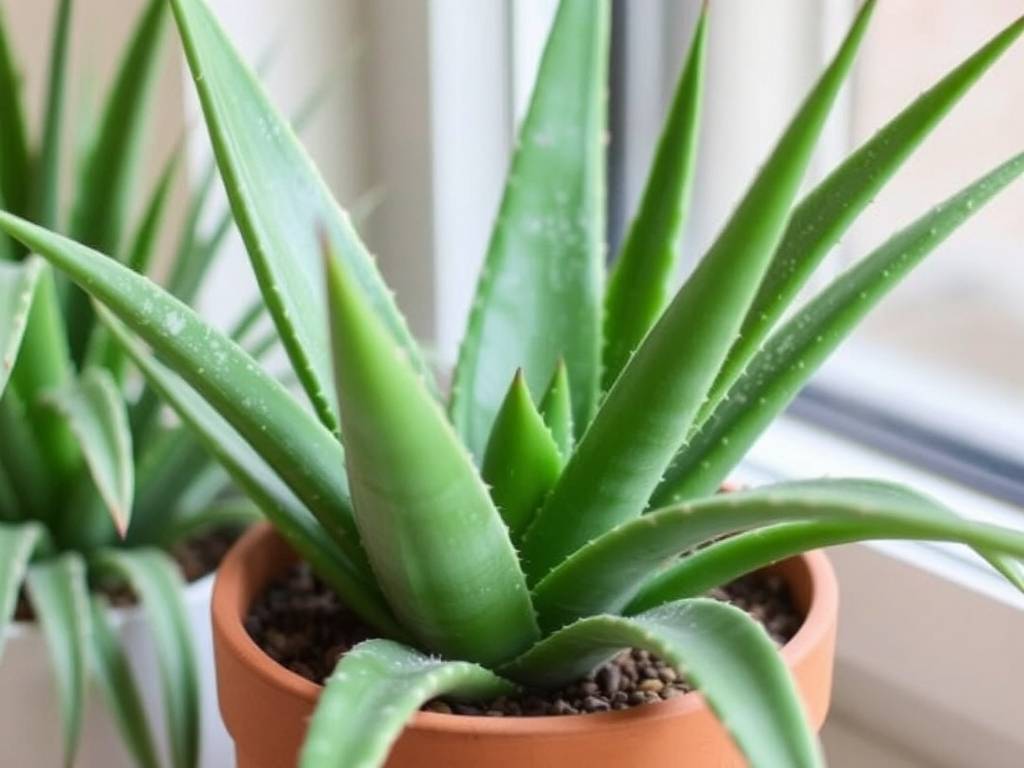
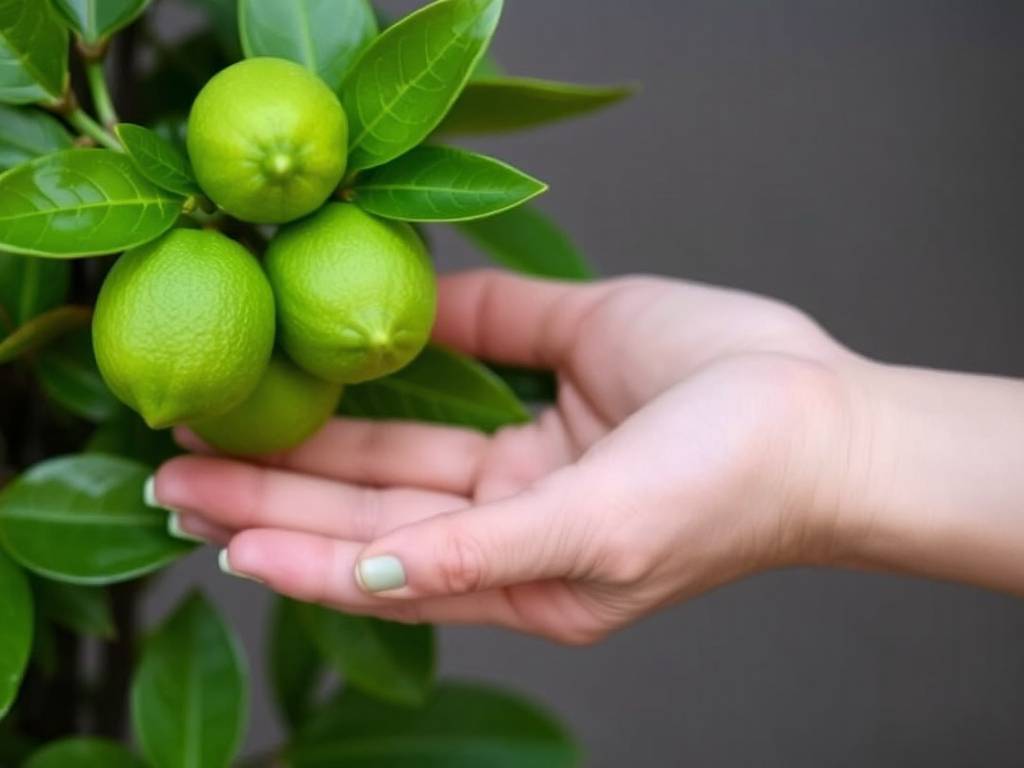
发表评论